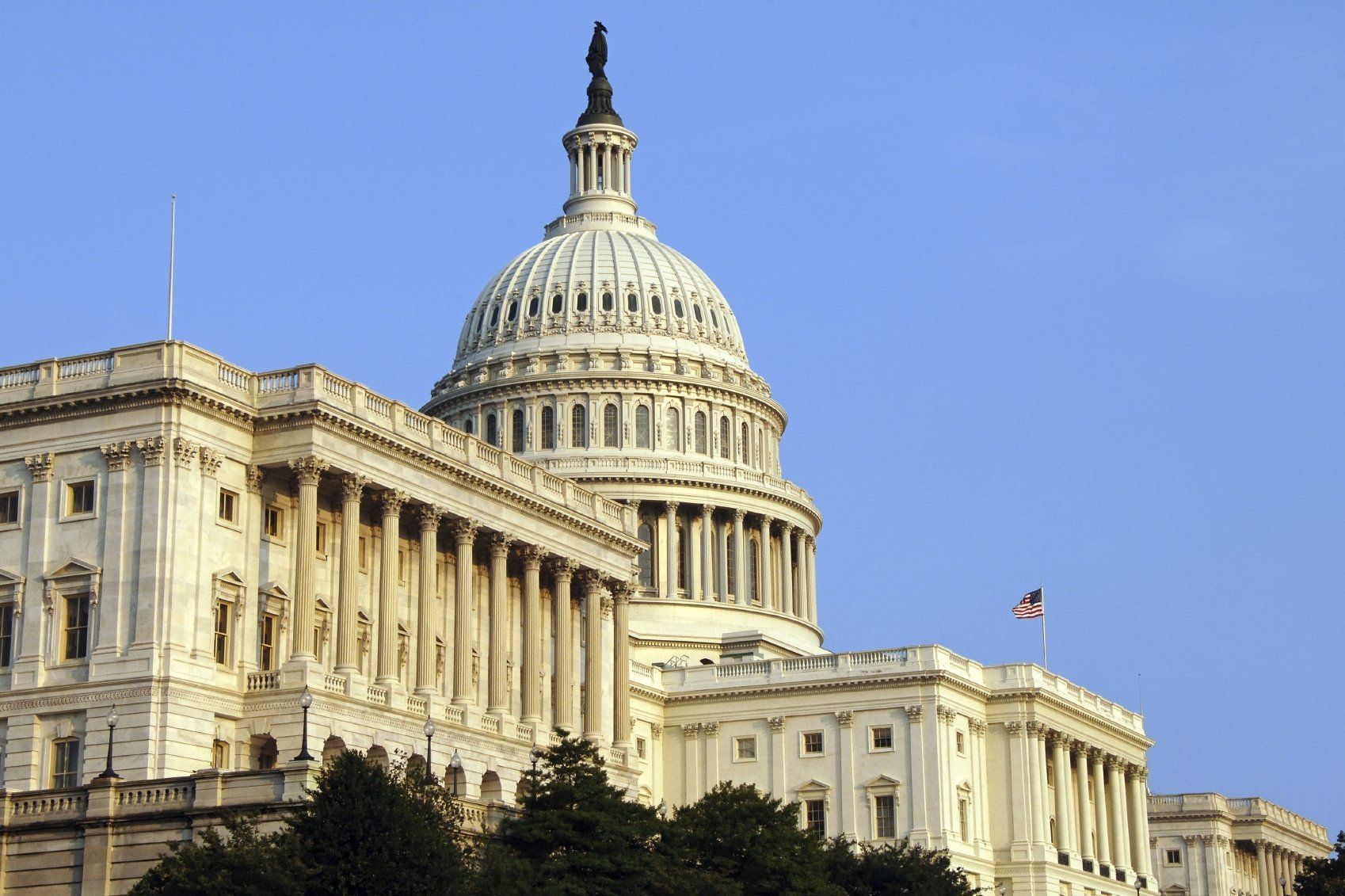
Third-class medical reform is on its way to becoming law after the Senate voted this afternoon to approve the measure as part of a short-term funding bill for the FAA. The legislation, which won House approval on Monday, is expected to be signed by President Obama before the FAA’s current authorization expires on Friday. Many pilots who have had third-class medicals issued within the past 10 years of the bill’s signing will not need another exam by an aviation medical examiner. However, the FAA will have up to a year to develop and finalize the new regulations, which will require at least a valid driver’s license and a doctor’s checkup every 48 months for eligible pilots.
Another requirement in lieu of a third-class medical is completing an aeromedical education course every two years. The reforms are for pilots who have never had their medicals denied or revoked. Those eligible to be exempt from future medical certification will be able to fly privately in aircraft with up to six seats and a maximum takeoff weight of 6,000 pounds. Flights can be VFR or IFR, but must be no higher than 18,000 feet with maximum indicated airspeeds of 250 knots. Pilots flying with third-class medicals with special issuances also would not have to be re-certified, unless they develop a medical condition requiring a new special issuance. Thosewho have never had a medical must still get one-time certification from an AME to fly under the specified conditions.
“This is the most significant legislative victory for general aviation in decades,” AOPA President Mark Baker said. “These reforms will provide relief to hundreds of thousands of pilots from an outdated, costly, and unnecessarily burdensome system. This legislation will strengthen the private pilot-private physician relationship and improve awareness of medical issues throughout our community. It will help pilots save time, money, and frustration.” AOPA explains some details of the reforms on its website.
The FAA Extension, Safety, and Security Act of 2016, which funds the agency through September 2017, also includes a variety of safety measures including tighter enforcement of unmanned aerial systems and tougher penalties for laser-pointing at aircraft. The FAA also must develop regulations for marking stand-alone towers between 50 and 200 feet tall located in rural or agricultural areas. The regulations would target meteorological evaluation towers, which can be marked voluntarily, under current FAA policy.

































